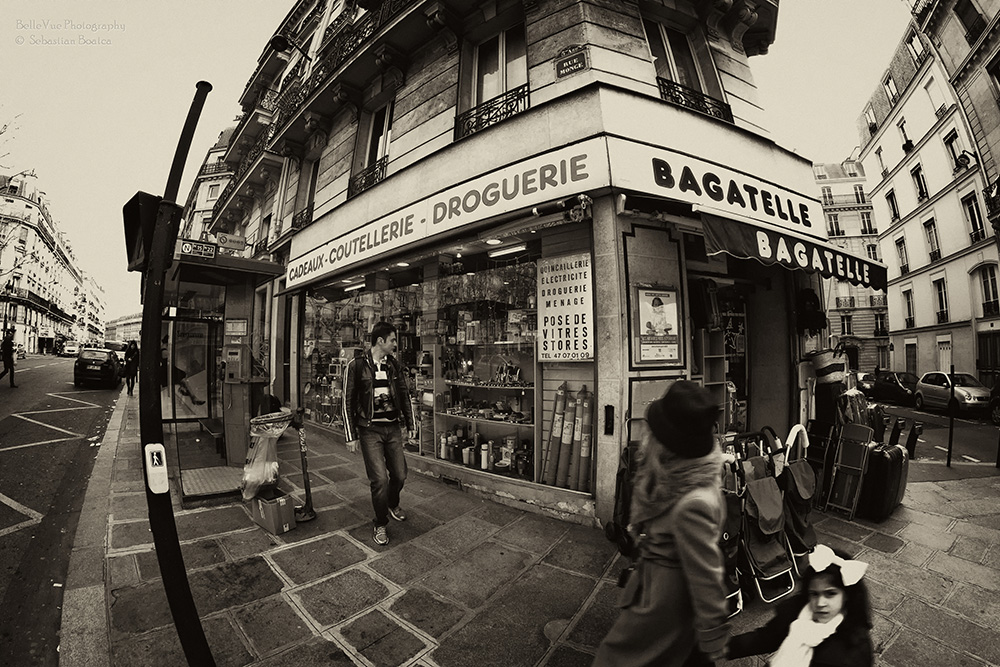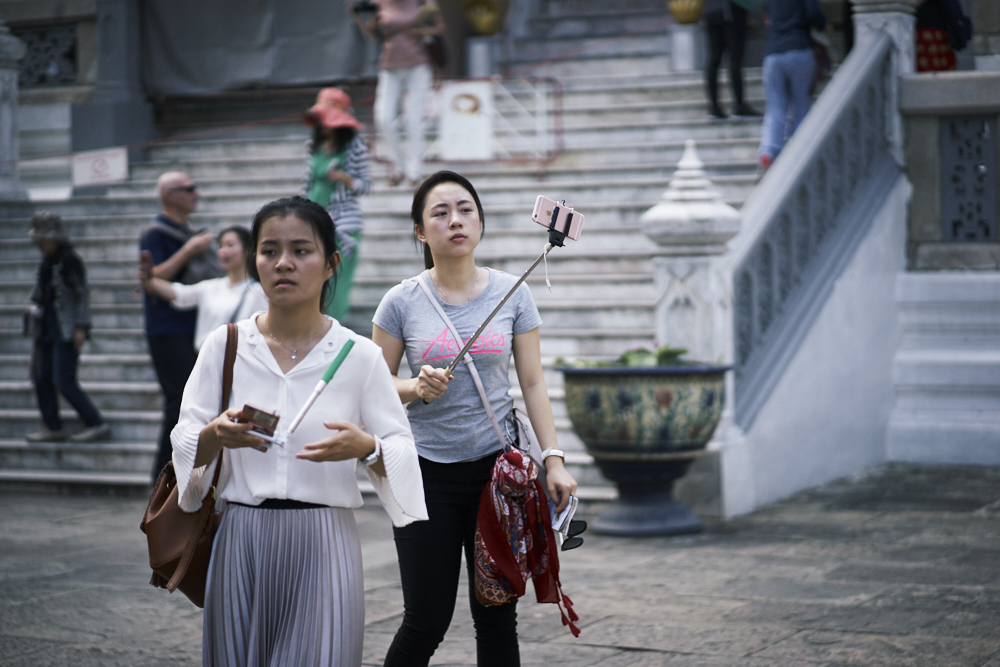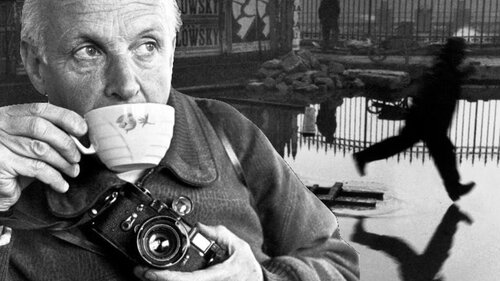Street Photography: The Stories Behind the Lens
Street photography is a genre that transcends mere aesthetics; it is a powerful medium that captures the essence of human experience in public spaces. Each photograph tells a story, revealing the complexities of urban life, the emotions of its inhabitants, and the fleeting moments that define our shared existence.
This article delves into the intricacies of street photography, exploring its history, techniques, ethical considerations, and the profound narratives that emerge from the lens.
The Historical Context of Street Photography
Street photography has its roots in the early 20th century, evolving alongside the development of modern photography. Pioneers such as Henri Cartier-Bresson and Garry Winogrand laid the groundwork for this art form, emphasizing candid moments and the importance of timing. Their work highlighted the spontaneity of life and the beauty of the ordinary, setting the stage for future generations of photographers.
Early Influences
The advent of portable cameras allowed photographers to capture scenes in real-time, fostering a new perspective on everyday life.
The rise of photojournalism further influenced street photography, as photographers sought to document social issues and cultural shifts.
Key Movements
The New York School of photography in the mid-20th century emphasized the urban environment as a canvas for storytelling.
The emergence of documentary photography in the 1960s and 1970s expanded the narrative possibilities within street photography.
Understanding the historical context of street photography enriches our appreciation of its evolution and significance in contemporary society.
Techniques and Approaches in Street Photography
Mastering street photography requires a blend of technical skills, creative vision, and a deep understanding of the environment. Photographers must be adept at capturing spontaneous moments while remaining unobtrusive.
Essential Techniques
Composition: The arrangement of elements within the frame is crucial. Photographers often employ the rule of thirds, leading lines, and framing techniques to create visually compelling images.
Lighting: Natural light plays a pivotal role in street photography. Photographers must be attuned to the nuances of light and shadow, using them to enhance mood and atmosphere.
Timing: The decisive moment, a concept popularized by Cartier-Bresson, emphasizes the importance of capturing a fleeting instant that encapsulates emotion or action.
Approaches to Capture Stories
Candid Shots: These images capture people in their natural state, revealing authentic emotions and interactions.
Portraits: Engaging with subjects directly can yield powerful portraits that tell individual stories within the broader context of street life.
Juxtaposition: Placing contrasting elements within a single frame can create thought-provoking narratives, highlighting social issues or cultural disparities.
By mastering these techniques, street photographers can effectively convey the stories that unfold around them.
Ethical Considerations in Street Photography
As street photography often involves capturing candid moments of individuals in public spaces, ethical considerations are paramount. Photographers must navigate the delicate balance between artistic expression and respect for privacy.
Consent and Privacy
While photographing in public spaces generally does not require consent, it is essential to consider the feelings of the subjects. Engaging with individuals before taking their photograph can foster a sense of trust and respect.
Photographers should be mindful of cultural sensitivities and the potential impact of their work on marginalized communities.
Representation and Responsibility
Street photographers hold a responsibility to represent their subjects authentically. Avoiding stereotypes and misrepresentation is crucial in fostering a more inclusive narrative.
The stories captured through the lens can influence public perception, making it imperative for photographers to approach their subjects with empathy and integrity.
By adhering to ethical principles, street photographers can contribute positively to the discourse surrounding urban life and human experience.
The Impact of Street Photography on Society
Street photography serves as a mirror reflecting the complexities of society. The stories captured through the lens resonate with viewers, prompting reflection and dialogue about the human condition.
Cultural Commentary
Street photography often highlights social issues, such as inequality, urban decay, and cultural diversity. By documenting these realities, photographers can raise awareness and inspire change.
The genre acts as a historical record, preserving moments that might otherwise be forgotten, allowing future generations to understand the social landscape of their time.
Emotional Connection
The power of street photography lies in its ability to evoke emotion. A single image can encapsulate joy, sorrow, struggle, or resilience, fostering a connection between the viewer and the subject.
Photographs can transcend language barriers, conveying universal themes that resonate across cultures.
In this way, street photography not only documents life but also contributes to the ongoing narrative of humanity, inviting viewers to engage with the stories behind the lens.
Conclusion
Street photography is an art form that captures the essence of life in public spaces, revealing the stories that often go unnoticed. Through a combination of historical context, technical mastery, ethical considerations, and societal impact, photographers can create compelling narratives that resonate with audiences. As we continue to explore the world through the lens, let us remain mindful of the stories we tell and the responsibility we hold as visual storytellers.
References
- The History of Street Photography
- Techniques for Street Photography
- The Ethics of Street Photography
- Capturing the Decisive Moment
- Street Photography: A Cultural Commentary
- Emotional Impact of Street Photography
- Understanding Composition in Street Photography
- Street Photography and Social Responsibility
- The Power of Juxtaposition in Photography
- The Future of Street Photography
![[LIVE] Engage2Earn: auspol follower rush](https://cdn.bulbapp.io/frontend/images/c1a761de-5ce9-4e9b-b5b3-dc009e60bfa8/1)





















